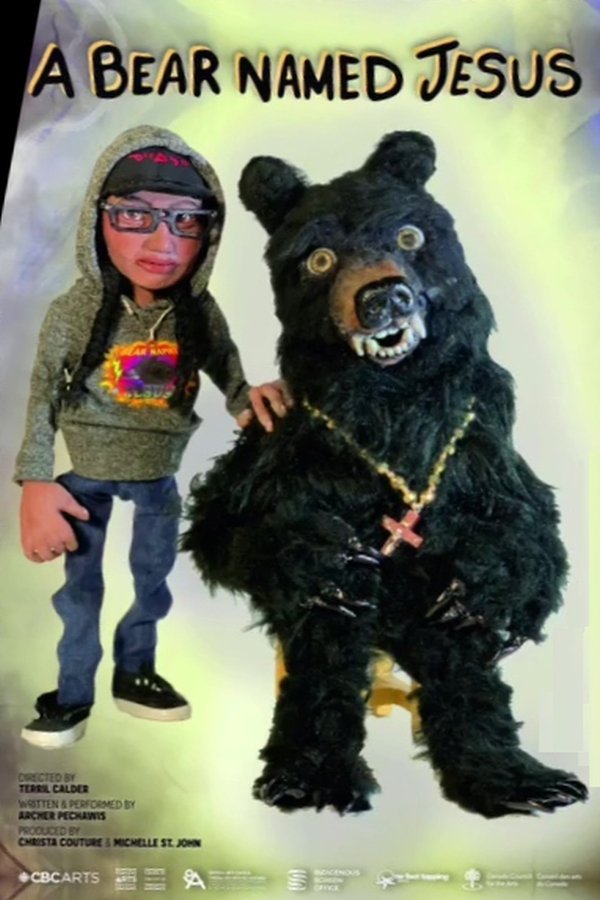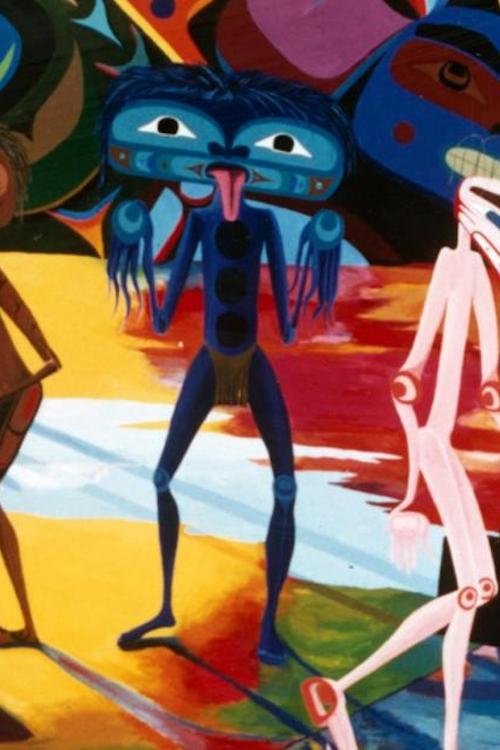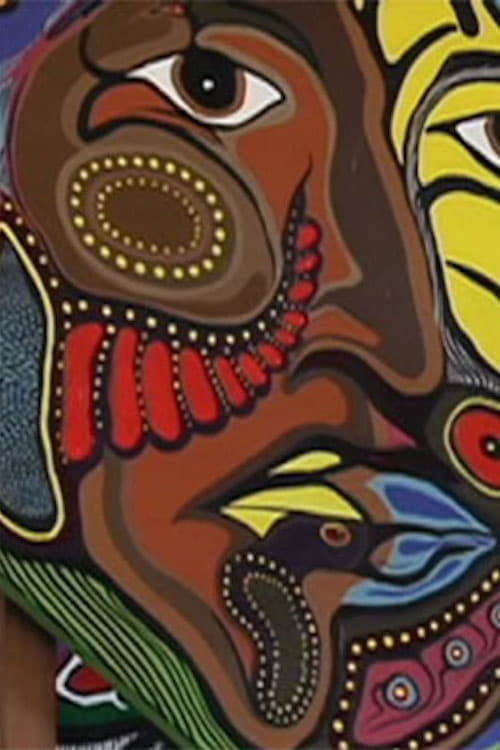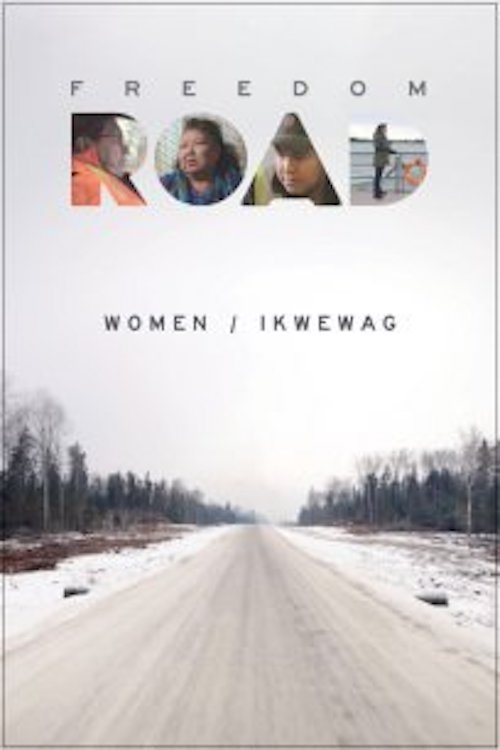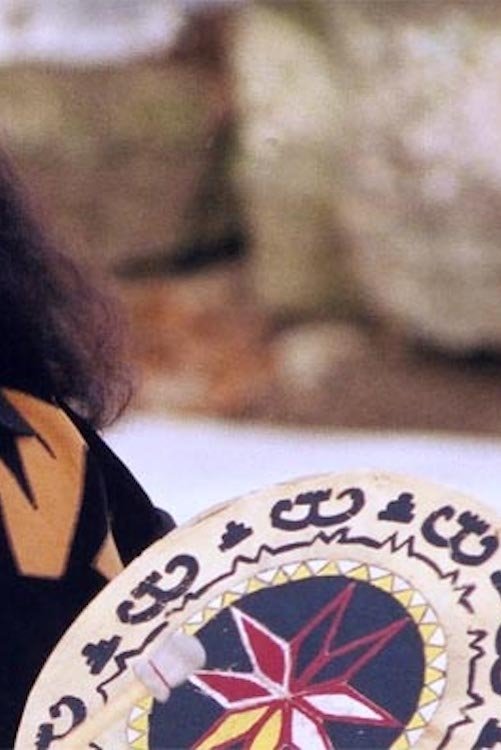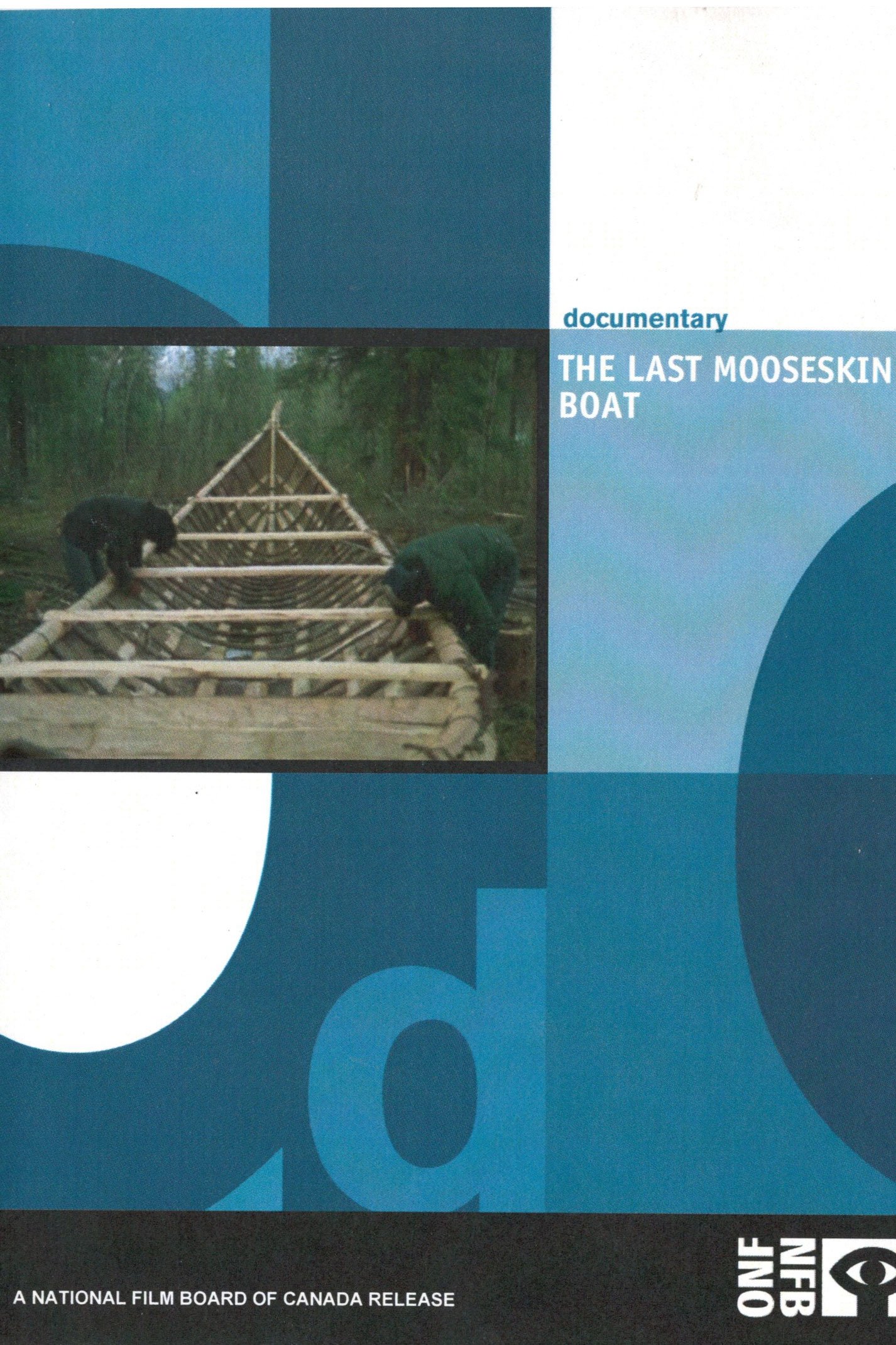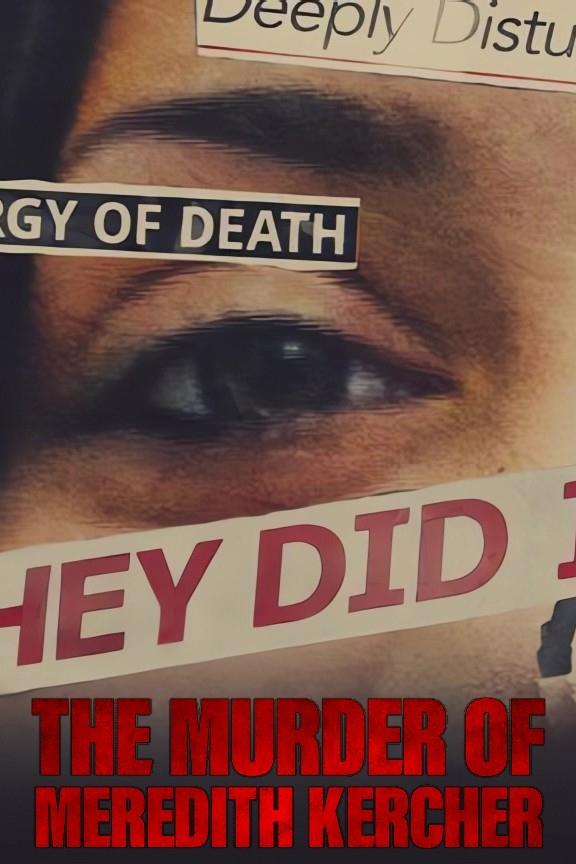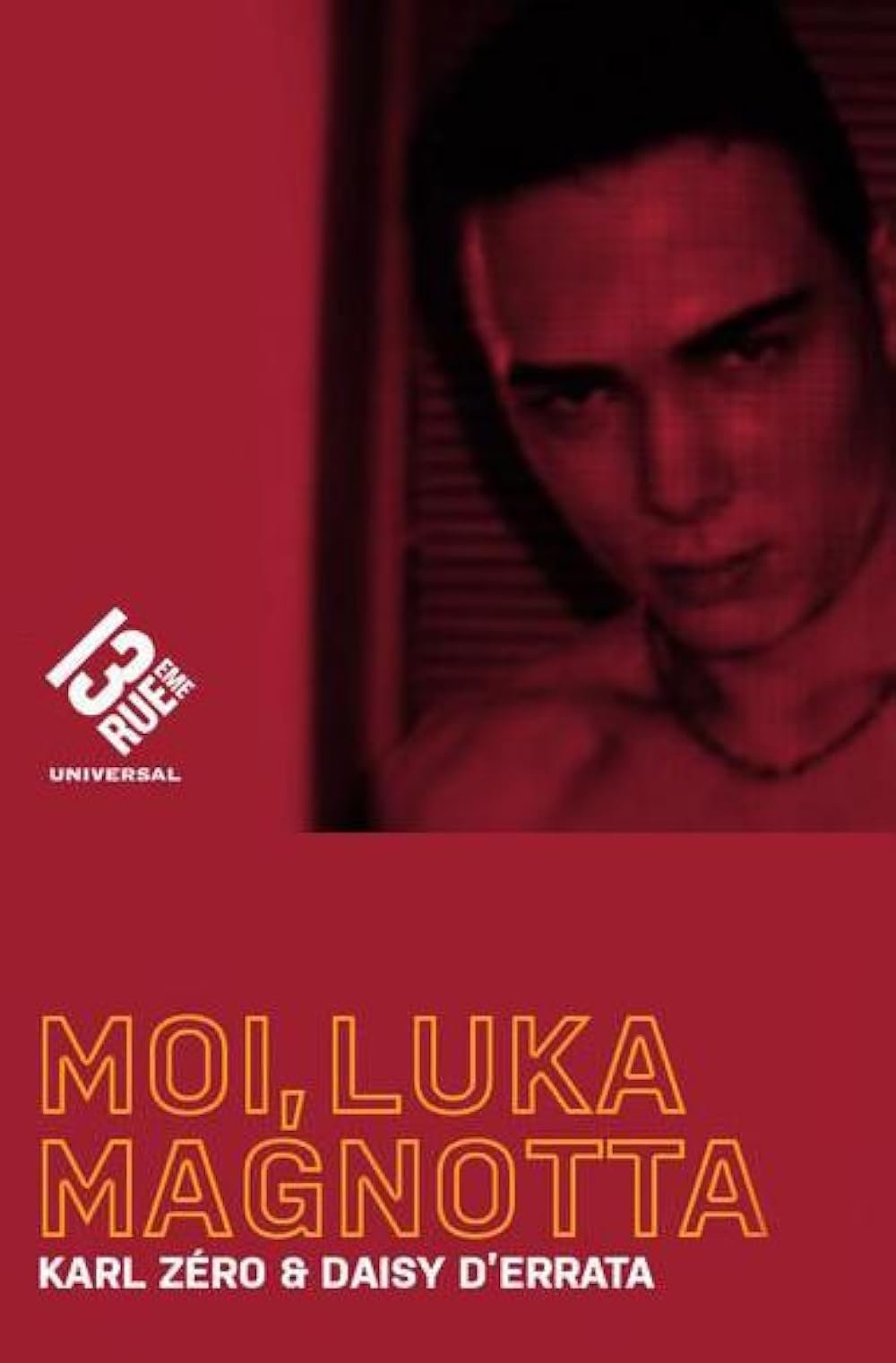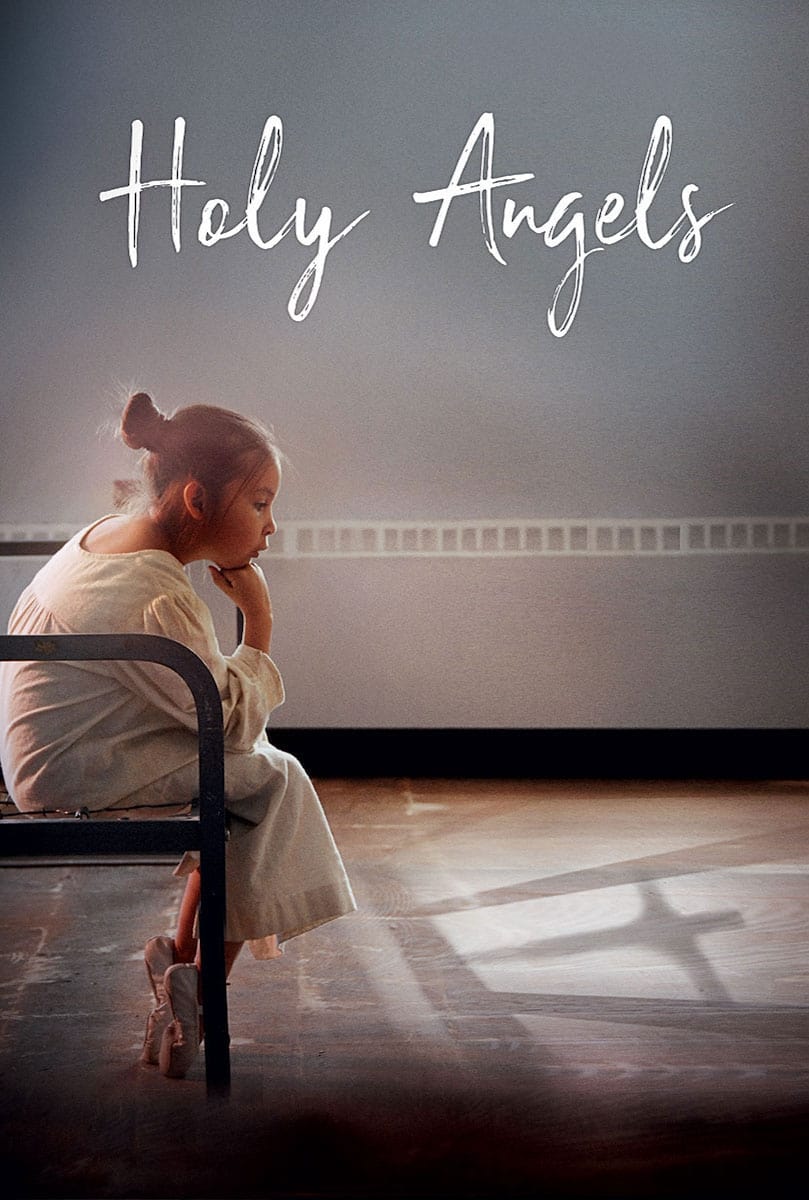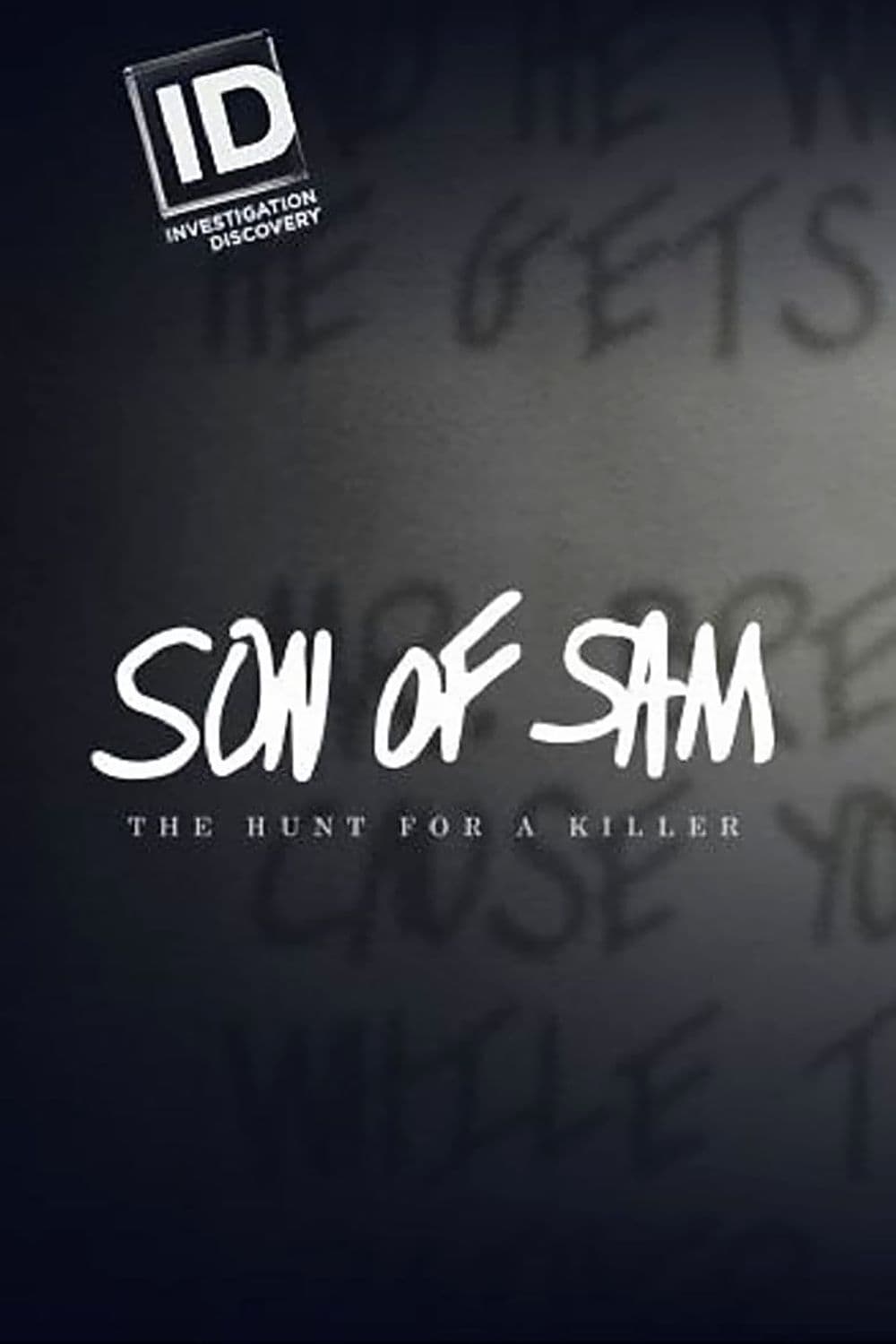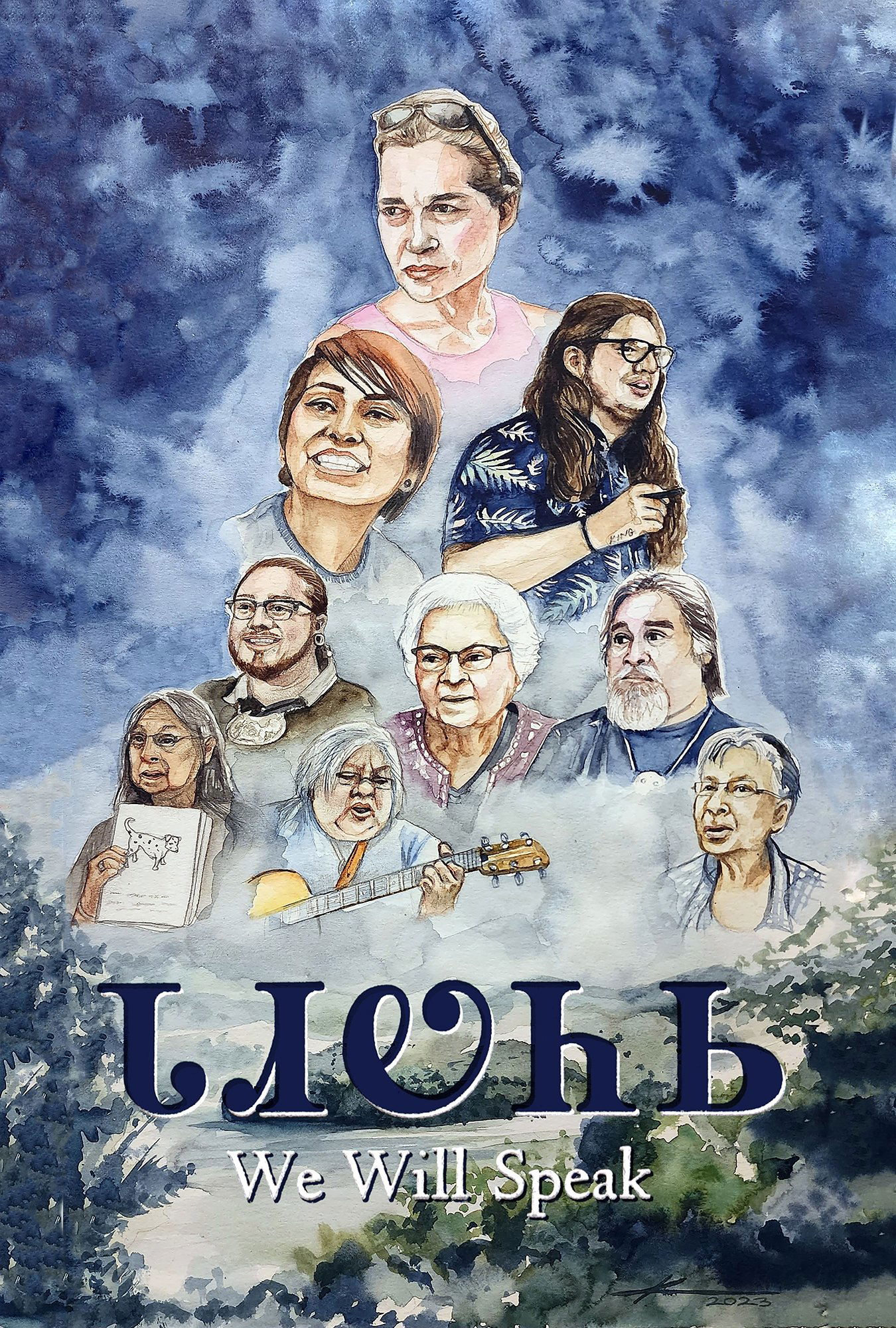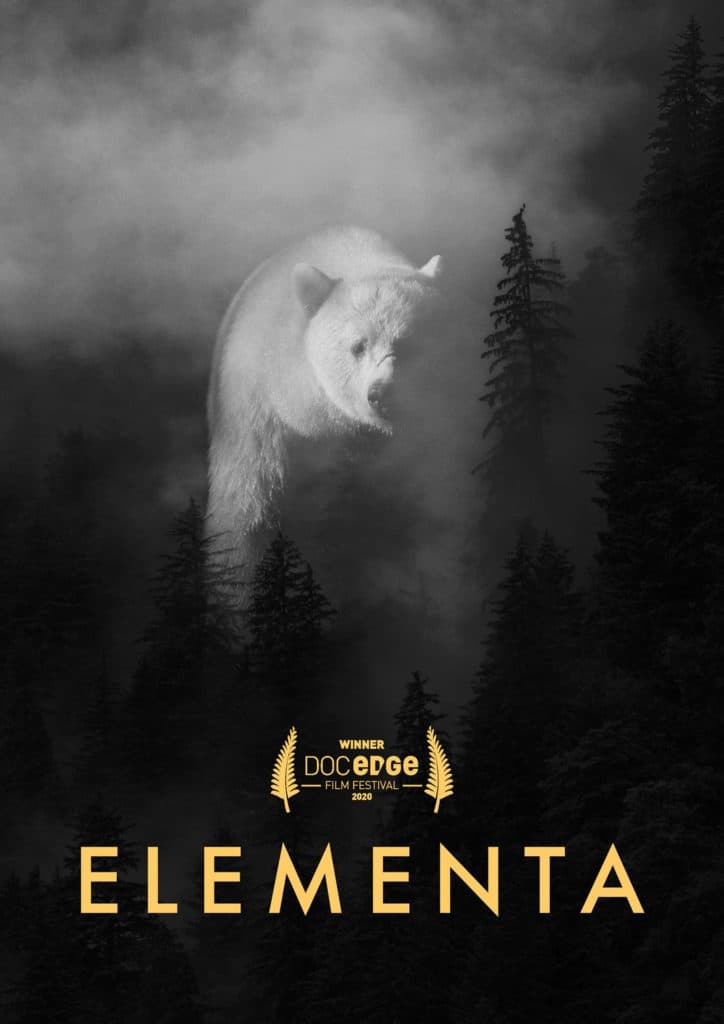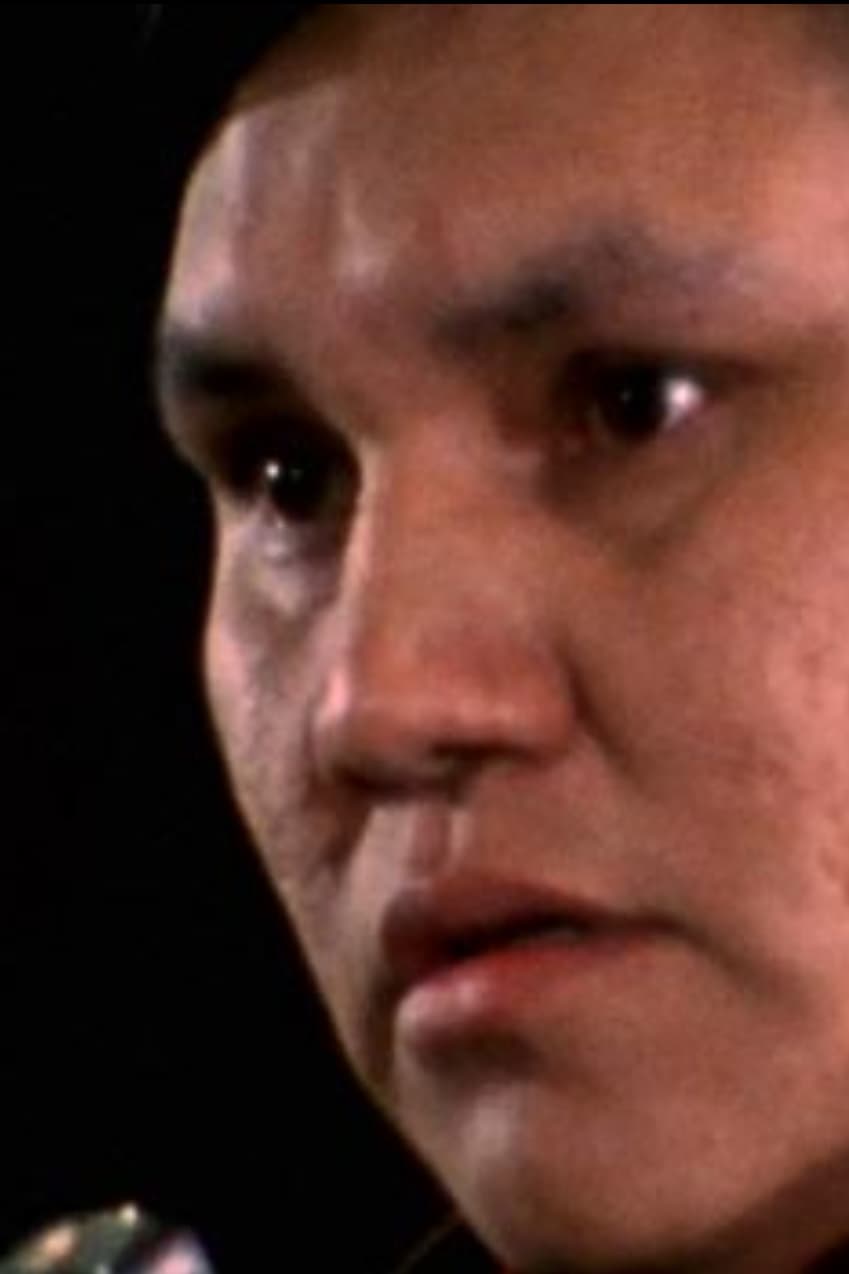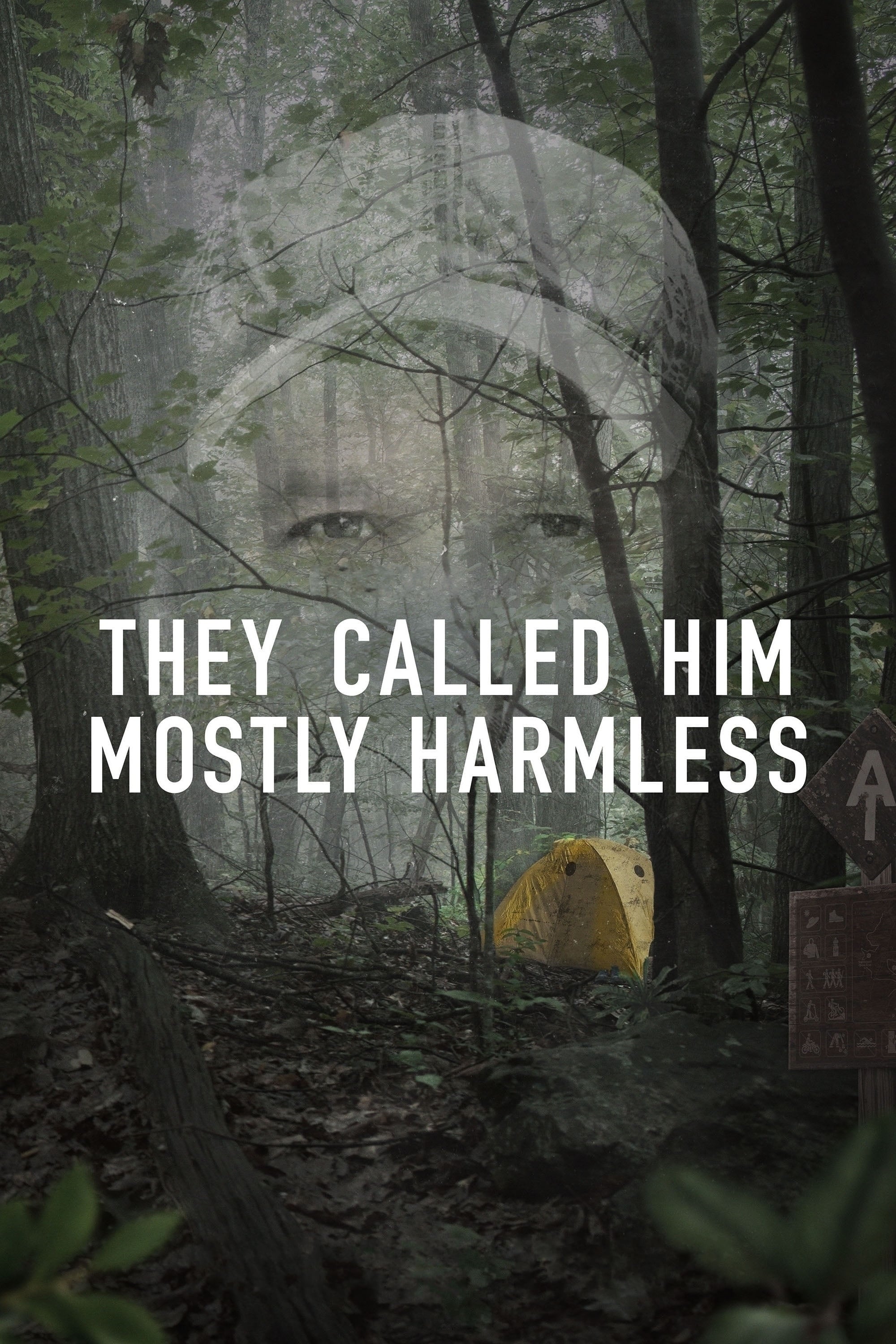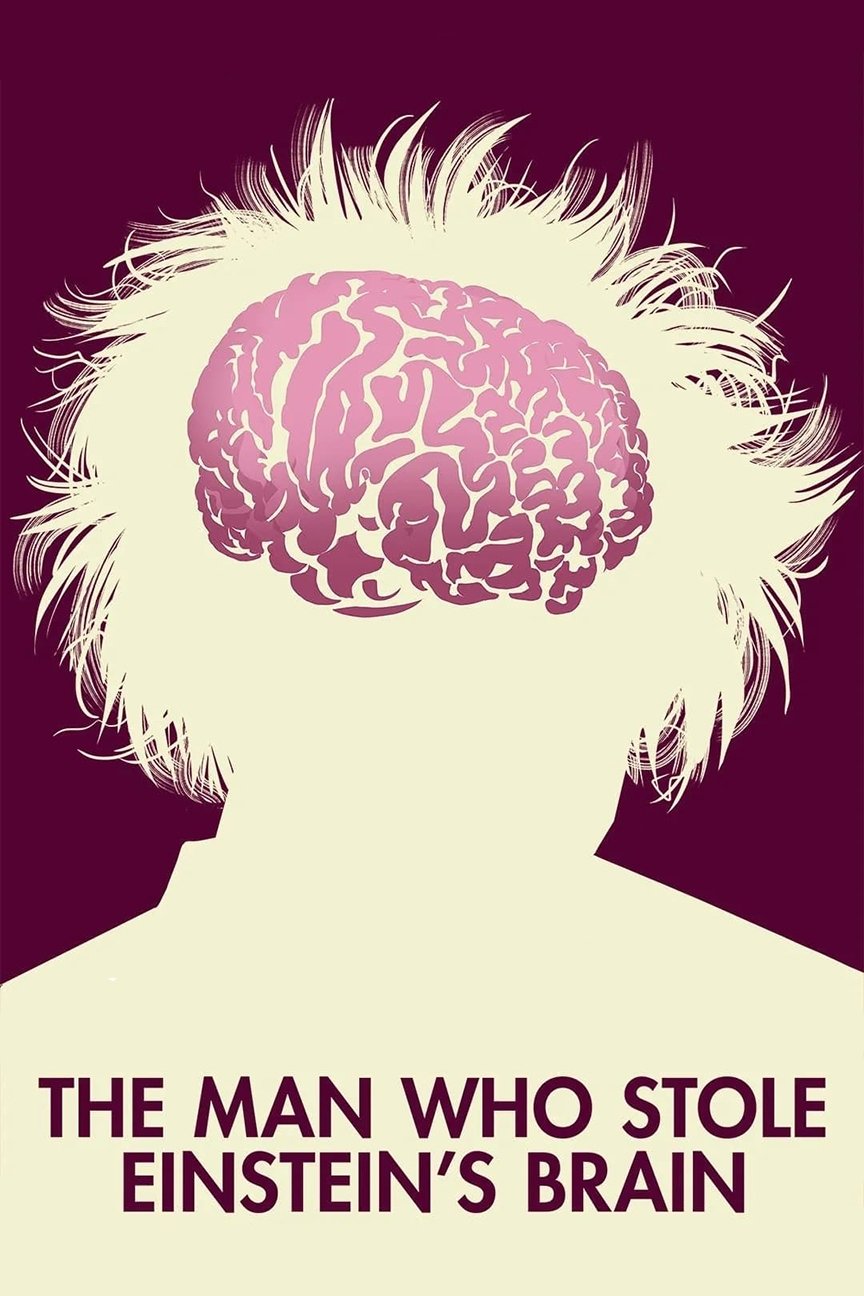
Somebody's Daughter (2020)
Overview
Somebody’s Daughter focuses on higher-profile MMIW cases, some of which were raised during the Senate Committee on Indian Affairs in December 2018. With historical points of reference, the victims’ and their families’ stories are told through the lens of the legal jurisdictional maze and socio-economic bondage that constricts Indian Country.
Production Companies
Additional Info
| Budget | $0.00 |
|---|---|
| Revenue | $0.00 |
| Original Language | en |
| Popularity | 0.0445 |
Directed By
Rain
Crew
Coushatta Tribe of Louisiana
Georgina Lightning
Rain
Alex Robinson
TOP CAST
Similar Movies
3500 km de sentiers partagés
Sixty snowmobilers, indigenous and non-indigenous, join forces to take part in a huge snowmobiling expedition: a 3500 km journey to be completed in 16 days. The goal: to cross a large swath of Quebec to work towards reconciliation between peoples. In this choral film, which is as much a physical ordeal as a spiritual and psychological one, the participants take on the mission of raising public awareness of the issues dear to their communities. Through the challenges posed by the weather and the long daily journeys that put the group to the test, a powerful bond is forged between the participants, who face enormous adversity. A journey on the land of ancestors that reveals the strength of togetherness.
Untitled Luigi Mangione Documentary
From the crime’s seemingly meticulous execution to the alleged killer’s manifesto and his Ivy League background to the public’s unapologetic apathy towards the victim, the investigative deep dive will ask how killers are created, what this killing says about our society and the values we place on who lives and who dies.
A Bear Named Jesus
At Archer’s Aunty Gladys’ funeral, he hears a tap on the window — it’s a bear named Jesus, who has come for Archer’s mom. “A Bear Named Jesus” is an allegory for religious interference, with an aching yet humorous look at estrangement and mourning for the loss of someone still living.
Yuxweluptun: Man of Masks
This short documentary serves as a portrait of Lawrence Paul Yuxweluptun, one of Canada's most important painters. We meet him at the Bisley Rifle Range in Surrey, England, where he's literally shooting the Indian Act in a performance piece called "An Indian Shooting the Indian Act." It's in protest of the ongoing effects of the Act's legislation on Indigenous people. We then follow him back to Canada, for interviews with the artist and a closer look at his work.
Woodland Spirits
In this documentary short, two men paddle a canoe across a remote part of northern Lake Superior. Each stroke brings them closer to the culmination of an artistic and spiritual journey, one that begins with ancient rock paintings from their Anishinaabe ancestors.
Freedom Road: Women / Ikwewag
Shoal Lake 40 women talk about their struggles, and those of their parents and grandparents, in trying to raise their families in a hazardous state of enforced isolation. Everyone in the community has a harrowing story of a loved one falling through the ice while trying to get across the lake, with pregnant women and new mothers fearing for their babies and having no choice but to make the trek in dangerous conditions. The film shows the key role of the community’s women in demanding funding for the road from three levels of government, and how their reconnection to culture and ceremony give them the strength to keep going.
Smudge
This short documentary follows three Indigenous women as they practice ancestral forms of worship: drumming, singing, and using sweetgrass. These ancient spiritual traditions may at first seem at odds with urban life, but to Indigenous people in Canada who are used to praying in natural settings, the whole world is sacred space.
Dig It If You Can
We get up close and personal with Steven Paul Judd, the dynamic and bold 21st century renaissance man. This self-taught artist’s love for pop culture and Native American art has given him a massive following. This insightful portrait shows how Judd indigenizes the popular everyday to allow our young to see themselves in all aspects of life, while at the same time making his own dreams a reality through his passion and zest for life.
The Last Mooseskin Boat
This short documentary follows Gabe Etchinelle as builds a mooseskin boat as a tribute to an earlier way of life, where the Shotah Dene people would use a mooseskin boats and transport their families and cargo down mountain rivers to trading settlements throughout the Northwest Territories.
The Murder of Meredith Kercher
Examining the brutal murder of 21-year-old student Meredith Kercher in 2007.
Me, Luka Magnotta
In the skin of Luka Rocco Magnotta. Born Eric Clinton Kirk Newman in 1982. A Canadian murderer who was convicted of killing and dismembering student Lin Jun. Luka has appeared in pornographic videos, occasionally working as a stripper and a male escort.
Holy Angels
Documentary about the Holy Angels Residential School in Alberta, where hundreds of First Nations children were imprisoned.
Son of Sam: The Hunt for a Killer
A shocking serial murder case terrorized New York 40 years ago. Surviving victims, families of the deceased, and the detectives who worked on the case recount their stories.
We Will Speak
The Cherokee language is deeply tied to Cherokee identity; yet generations of assimilation efforts by the U.S. government and anti-Indigenous stigmas have forced the Tri-Council of Cherokee tribes to declare a State of Emergency for the language in 2019. While there are 430,000 Cherokee citizens in the three federally recognized tribes, fewer than an estimated 2,000 fluent speakers remain—the majority of whom are elderly. The covid pandemic has unfortunately hastened the course. Language activists, artists, and the youth must now lead the charge of urgent radical revitalization efforts to help save the language from the brink of extinction.
UK's Hidden Shadows
UK's Hidden Shadows is a new documentary examining the recent history of allegations of child abuse and cover-ups within the British establishment. Filmed over the course of a year, the 90-minute documentary features interviews with victims of child abuse, journalists and police whistle-blowers. Each interview offers a unique insight into the alleged Westminster VIP paedophile ring that has darkened politics for the last five decades.
Starblanket
At twenty-six, Noel Starblanket was one of the youngest Indigenous chiefs in North America--twice elected chief of the Starblanket Reserve, and also elected vice-president of all-Saskatchewan Indigenous organization. His great-grandfather's advice was to "learn the wit and cunning of the White man." That he did. Here he is seen in action, a chief with a briefcase, working with government officials for grants, running for public office, talking down his opposition, and solving the domestic problems of his reserve.
They Called Him Mostly Harmless
When an unidentified hiker is found deceased in the Florida wilderness, authorities release a sketch. Multiple hikers call in claiming to have met the man. There's only one problem – he never told them his name. It would take two years, thousands of devoted internet sleuths, and a miracle of science to identify him, and that's when the trouble really starts.
The Man Who Stole Einstein's Brain
On April 18, 1955, the pathologist performing the autopsy on Albert Einstein covertly steals the genius's brain, hoping to uncover the secret of brilliance. His good intentions and scientific ambitions collide with harsh realities as his world crumbles.
Mark of the Hand
Guyanese painter Aubrey Williams (1926-1990) returns to his homeland on a “journey to the source of his inspiration” in this vivid Arts Council documentary, filmed towards the end of his life. The title comes from the indigenous Arawak word ‘timehri’ - the mark of the hand of man - which Williams equates to art itself. Timehri was also then the name of the international airport at Georgetown, Guyana's capital, where Williams stops off to restore an earlier mural. The film offers a rare insight into life beyond Georgetown, what Williams calls “the real Guyana.” Before moving to England in 1952 he had been sent to work on a sugar plantation in the jungle; this is his first chance to revisit the region and the Warao Indians - formative influences on his work - in four decades. Challenging the ill-treatment of indigenous Guyanese, Williams explored the potential of art to change attitudes. By venturing beyond his British studio, this film puts his work into vibrant context.
